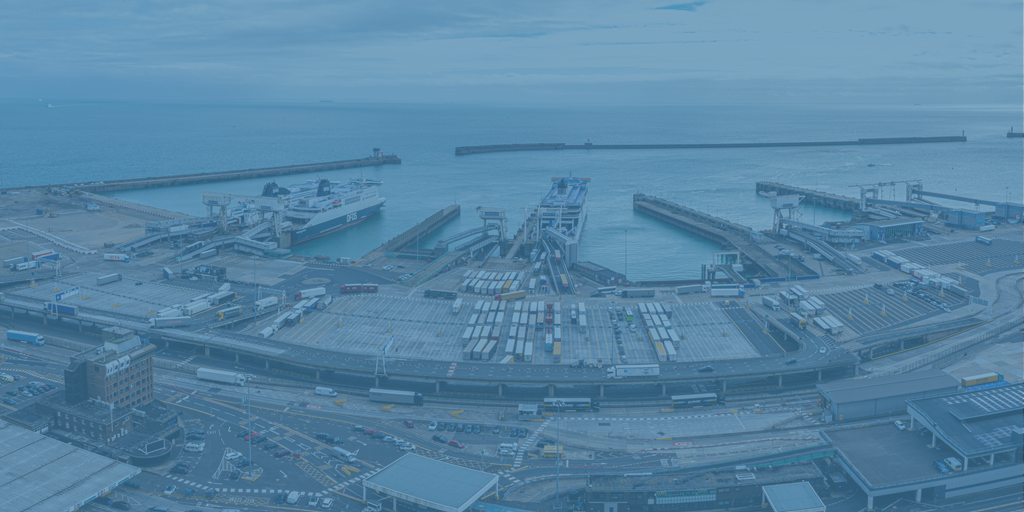Selecting the Right Freight Insurance Provider: A Detailed Guide for Businesses
Choosing an insurance provider for your freight business requires careful thought, as the partner you choose can greatly influence your shipping and...

Every day, over 54 million tons of goods valued at $52 billion move through the U.S. Amid this steady shipping volume, customers today are more demanding than ever. They want fast shipping and real-time tracking. Failing to meet expectations costs you customers.
So, what key factors affect shipment tracking, and how do they impact your customers? Let’s take a look!
One of the biggest obstacles affecting tracking is visibility into the entire shipping process, from when carriers pick up a shipment to final delivery. A lack of end-to-end visibility frustrates everyone involved in the process.
You need a consolidated view of your shipments with real-time tracking to know where every item is at every step, which helps support customer self-service tracking, automated notifications for delays or issues, and the information your customer support teams need to answer queries.
At the same time, you need to be able to drill down and filter shipment data at a granular level, such as by mode, carrier, or destination. Comprehensive visibility and tracking technology enables you to track complex shipments. A manual tracking process will mean you simply can’t keep up with the volume and variety.
Comprehensive visibility starts with a carrier’s logistics efficiency—scheduling, route planning, and handling all impact tracking accuracy. Efficient logistics improves the customer experience.
Logistics management can vary widely by carrier. You need a reliable way to track compliance, evaluate performance, and negotiate rates based on service levels. This requires two-way communication to ensure accurate information is available.
From the time an order is placed until the time it’s delivered, there are multiple steps each order goes through. At each stage, there’s the potential for human error that impacts freight delivery. Errors are common in manual processes, from mistakes in rekeying orders to typos to mispicks or mislabeling.
If a customer gets the wrong item, it doesn’t matter to them how it happened. They’re unhappy. Automating as much of the process as possible to eliminate human errors enhances the customer experience. Amid today’s increased volume and velocity of fulfillment, you cannot afford many mistakes without damaging your reputation.
The Direct and Indirect Costs of Mispicks
Managing the day-to-day logistics, negotiating rates, and keeping up with the shipping workflow can be challenging. If you don’t have the technology in place to automate tracking and reporting, it can quickly become a nightmare. Pulling information off carrier websites when information can change hour-to-hour is labor-intensive.
A robust transportation management system can keep all of your shipment tracking in sync and dramatically reduce your workload.
Unfortunately, not every shipment goes quite as planned. Bad weather, environmental factors, and equipment breakdowns can delay shipments. Tracking visibility often suffers when there are unexpected delays. You need an easy way to monitor such issues and automatically adjust delivery times.
Beyond tracking shipments, the best logistics management platforms can provide deep insight into the data, helping you turn your tracking data into actionable ways to improve operations, identify bottlenecks, improve efficiency, and lower costs.
The right logistics management platform can help you track shipper performance to help uncover what happened. For example:
Using historical data, you can assess tracking data to look for patterns or trends to identify the root cause of issues, such as:
Predictive analytics apply statistical models to forecast potential future events. By evaluating what is likely to happen, shippers can more accurately:
Predictive analytics also enables you to run different scenarios to gauge impact and create forecasts. For example, what will happen if we choose different carriers, combinations of carriers, or shipping modes?
Analyzing data and asking “what if?” can help you make adjustments to improve performance and save money.
Prescriptive analytics recommend specific actions to take advantage of predictions. Logistics teams can leverage recommendations to:
Accurate, real-time tracking is essential to meet customer demands. The data you gather with freight tracking can provide insights to improve your efficiency and reduce costs. The common denominator in both of these critical needs is a robust transportation management system.
By downloading our new ebook, The ROI of Freight Tracking: An In-depth Analysis of Cost Efficiency and Customer Satisfaction, you can learn more about:

Choosing an insurance provider for your freight business requires careful thought, as the partner you choose can greatly influence your shipping and...
.png)
In the fast-paced world of eCommerce, shipping issues can make or break customer satisfaction. According to a recent "Future of Shipping Report" by...
%20(7).png)
Logistics teams are discovering that the fastest way to reduce labor costs isn't adding more staff, it’s connecting the systems they already rely on....